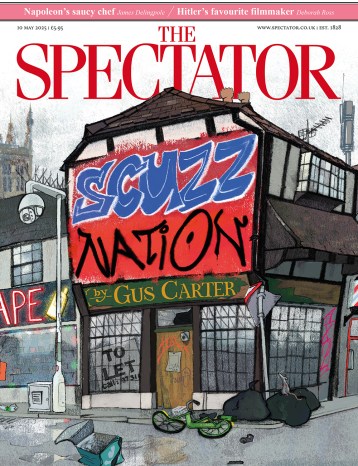You could say the British were to blame. The dramatic rise and subsequent fall of Beaujolais has its roots in the early 1970s, when Sunday Times wine correspondent Allan Hall laid down a challenge for his readers. The first to go to Beaujolais, in eastern France, and bring him back a bottle of that year’s just-pressed wine (known as Beaujolais nouveau) would win a bottle of champagne.
Readers rose to the challenge, enlisting cars, trucks, private jets and even parachutes and an elephant as they rushed to be first. The Beaujolais Run became an annual institution, and local vignerons frantically planted new vines to meet demand. In 1985 the French government decided to enshrine in law the first date on which you could buy that year’s Beaujolais nouveau – the third Thursday of November.
More drinkers are starting to realise that Beaujolais nouveau is just one of many local styles – and crus such as Fleurie, Juliénas and Chiroubles are raking in acclaim and awards
But as the wine became more and more mass-produced, its popularity waned.

Britain’s best politics newsletters
You get two free articles each week when you sign up to The Spectator’s emails.
Already a subscriber? Log in







Comments
Join the debate, free for a month
Be part of the conversation with other Spectator readers by getting your first month free.
UNLOCK ACCESS Try a month freeAlready a subscriber? Log in